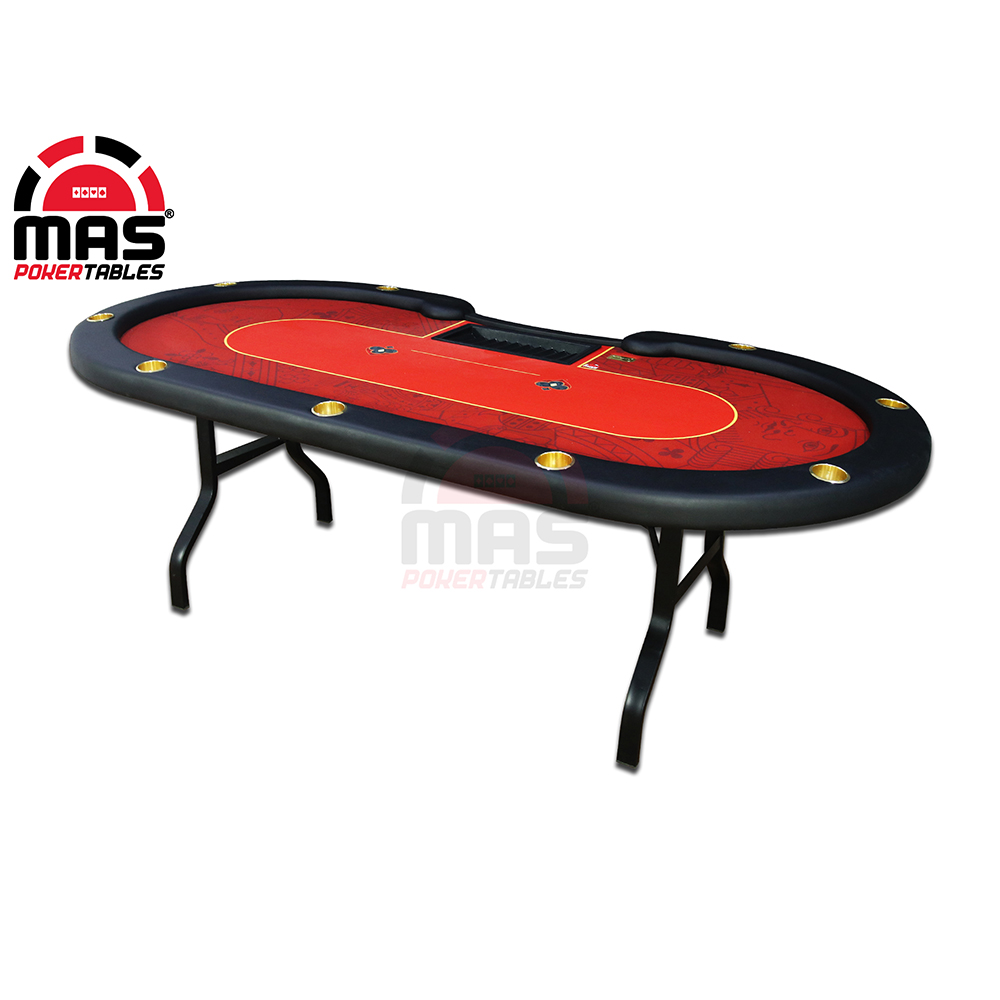Get instant access to lessons taught by experienced private equity pros and bulge bracket investment bankers including financial statement modeling, DCF, M&A, LBO, Comps and Excel Modeling. While this example highlights exactly what preparing the account looks like, there are times when companies never actually have to go through the process of producing it. Over 1.8 million professionals use CFI to learn accounting, financial analysis, modeling and more. Start with a free account to explore 20+ always-free courses and hundreds of finance templates and cheat sheets. Now, if you’re new to accounting, you probably have a ton of questions.
Step 3: Close Income Summary to the appropriate capital account
Once this process is complete, a post-closing trial balance is prepared which helps in preparation of the balance sheet. When the accounting period ends, all the expense accounts are closed when the debit balance transfers into the income statement. Then, inversely to revenue accounts, the expense accounts are credited to reset them with zero balance and debiting the final account. Closing entries are entries used to shift balances from temporary to permanent accounts at the end of an accounting period. These journal entries condense your accounts so you can determine your retained earnings, or the amount your business has after paying expenses and dividends.
What is the Purpose of the Income Summary Account?
Printing Plus has a $4,665 credit balance in its Income Summary account before closing, so it will debit Income Summary and credit Retained Earnings. The income statement summarizes your income, as does income summary. If both summarize your income in the same period, then they must be equal. Wehave completed the first two columns and now we have the finalcolumn which represents the closing (or archive) process.
How to Close an Account into Income Summary Account
One of your responsibilities is creating closing entries at the end of each accounting period. Manually creating your closing entries can be a tiresome and time-consuming process. And unless you’re extremely knowledgeable in how the accounting cycle works, it’s likely you’ll make a few accounting errors along the way. It’s important to carefully capital expenditures and other cash needs for a business follow each step of the closing process in order to properly close the books at the end of an accounting period. Balances of permanent accounts are carried forward to the subsequent accounting period. The balance in Retained Earnings agrees to the Statement of Retained Earnings and all of the temporary accounts have zero balances.
A high level of total current income, for example, combined with a relatively low level of income from the major operating activities may imply reduced total income in the future. We see fromthe adjusted trial balance that our revenue accounts have a creditbalance. To make them zero we want to decrease the balance or dothe opposite. We will debit the revenue accounts and credit theIncome Summary account.
In the manual accounting system, the company uses the income summary account to close the income statement at the end of the period. Debit all revenue accounts to offset existing revenue balances and credit income summary to reset revenue balances to zero. To zero off current expense balances, debit the income summary and credit all expense accounts.
- This balance is then transferred to the retained earnings account in a journal entry like this.
- Then, inversely to revenue accounts, the expense accounts are credited to reset them with zero balance and debiting the final account.
- Credit expenses for the amount contained in the company’s expense account.
- Debit the company’s revenue account for the balance in the revenue account.
- This entry takes the income summary account balance off the company’s books.
- Notice that the balances in interest revenue and service revenue are now zero and are ready to accumulate revenues in the next period.
We do this by transferring the credit amount to the income summary. The revenue accounts will be debited, and the income summary account will be credited. All revenue accounts will become zero after this entry is completed.
Creating closing entries is one of the last steps of the accounting cycle. The balance in dividends, revenues and expenses would all be zero leaving only the permanent accounts for a post closing trial balance. The trial balance shows the ending balances of all asset, liability and equity accounts remaining. The main change from an adjusted trial balance is revenues, expenses, and dividends are all zero and their balances have been rolled into retained earnings. We do not need to show accounts with zero balances on the trial balances. Temporary (nominal) accounts are accounts that are closed at the end of each accounting period, and include income statement, dividends, and income summary accounts.
The expense accounts have debit balances so to get rid of their balances we will do the opposite or credit the accounts. Just like in step 1, we will use Income Summary as the offset account but this time we will debit income summary. The total debit to income summary should match total expenses from the income statement. You begin the closing process by transferring revenue and expense account balances to the income summary account, a temporary account used specifically to transfer revenue and expense account balances. All revenue accounts will be closed at the conclusion of the accounting period.
This income balance is subsequently reflected in the balance sheet’s owner’s equity section. Closing entries play a significant role in producing the accounts as they move the temporary account balances to permanent accounts on the balance sheet. If your revenues are less than your expenses, you must credit your income summary account and debit your retained earnings account. If your revenues are greater than your expenses, you will debit your income summary account and credit your retained earnings account. On the statement of retained earnings, we reported the ending balance of retained earnings to be $15,190.
The expense accounts have debit balances so toget rid of their balances we will do the opposite or credit theaccounts. Just like in step 1, we will use Income Summary as theoffset account but this time we will debit income summary. Thetotal debit to income summary should match total expenses from theincome statement. Lastly, prepare a post-closing trial balance to verify that the balances of the permanent accounts are correct and that the temporary accounts have been reset to zero. Income summary account is a temporary account used in the closing stage of the accounting cycle to compile all income and expense balances and determine net income or net loss for the period. The net balance of the income summary account is closed to the retained earnings account.
We need to dothe closing entries to make them match and zero out the temporaryaccounts. The net result of these activities is to move the net profit or net loss for the period into the retained earnings account, which appears in the stockholders’ equity section of the balance sheet. After these two entries, the revenue and expense accounts have zero balances.
The closing entry will credit Supplies Expense, Depreciation Expense–Equipment, Salaries Expense, and Utility Expense, and debit Income Summary. Now that Paul’s books are completely closed for the year, he can prepare the post closing trial balance and https://www.bookkeeping-reviews.com/ reopen his books with reversing entries in the next steps of the accounting cycle. Then the income summary account is zeroed out and transfers its balance to the retained earnings (for corporations) or capital accounts (for partnerships).
This net balance of income summary represents the net income if it is on the credit side. On the other hand, if it is on the debit, it presents the net loss of the company. For sole proprietorships and partnerships, you’ll close your drawing account to your capital account, because you will need to reduce your capital account by the draws taken for the month. The fourth entry requires Dividends to close to the Retained Earnings account. Remember from your past studies that dividends are not expenses, such as salaries paid to your employees or staff. Instead, declaring and paying dividends is a method utilized by corporations to return part of the profits generated by the company to the owners of the company—in this case, its shareholders.
While these accounts remain on the books, their balance is reset to zero each month, which is done using closing entries. Prepare the closing entries for Frasker Corp. using the adjusted trial balance provided. If you have only done journal entries and adjusting journal entries, the answer is no. Let’s look at the trial balance we used in the Creating Financial Statements post. Its use as an organizational skill is underlined by how it summarizes all the necessary ledger balances in one value instead of a single account balance.
Indicate the day and month when the company closes the expense account to the income summary. Debit the company’s revenue account for the balance in the revenue account. For instance, a company with a $10,000 balance in revenue must debit revenue for $10,000. This entry takes the amount contained in the company’s revenue account off the books. When you manage your accounting books by hand, you are responsible for a lot of nitty-gritty details.
Since it is a temporary ledger account, it does not appear on any financial statement. Whether you’re processing closing entries manually, or letting your accounting software do the work, closing entries are perhaps the most important part of the accounting cycle. Instead the balances in these accounts are moved at month-end to either the capital account or the retained earnings account. Corporations will close the income summary account to the retained earnings account. Notice that the balances in interest revenue and service revenue are now zero and are ready to accumulate revenues in the next period. The Income Summary account has a credit balance of $10,240 (the revenue sum).
The credit to income summary should equalthe total revenue from the income statement. When doing closing entries, try to remember why you are doing them and connect them to the financial statements. To update the balance in Retained Earnings, we must transfer net income and dividends/distributions to the account. By closing revenue, expense and dividend/distribution accounts, we get the desired balance in Retained Earnings. Now that the revenue account is closed, next we close the expense accounts. You must close each account; you cannot just do an entry to “expenses”.
The mainchange from an adjusted trial balance is revenues, expenses, anddividends are all zero and their balances have been rolled intoretained earnings. We do not need to show accounts with zerobalances on the trial balances. When the accounting period ends, all the revenue accounts are closed when the credit balance is properly transferred.
Once all the revenue streams have been compiled, businesses credit them to transfer to the summary. Once all the temporary accounts are compiled, the value of each account is then debited from the temporary accounts and credited as a single value to the income summary. Temporary accounts include all revenue and expense accounts, and also withdrawal accounts of owner/s in the case of sole proprietorships and partnerships (dividends for corporations). After the accounts are closed, the income summary is then transferred to the capital account of the owner and then closed. First, transfer the $5,000 in your revenue account to your income summary account.
There are three steps to preparing this form, all relatively simple. These steps revolve around the revenue and expenses of the company. All companies have revenue and expense accounts, which need to be transferred into the company’s summary.
Then, just pick the specific date and year you want the closing process to take place, and you’re done! In just a few clicks, the entire financial year closing is streamlined for you. Instead, as a form of distribution of a firm’s accumulated earnings, dividends are treated as a distribution of equity of the business. Since QuickBooks automates the year-end close, you don’t have to get caught up with all of these manual entries unless something was to go wrong.
The income summary account has a zero balance for the rest of the year. This account is a temporary equity account that does not appear on the trial balance or any of the financial statements. What did we do with net income when preparing the financial statements? We added it to Retained Earnings on the Statement of Retained Earnings.
Closing entries allow a corporation to close temporary accounts, such as revenue and expenses. Closing temporary accounts to the company’s income summary account allows the company to begin the next accounting cycle with a zero balance in the revenue and expense accounts. After the expense and revenue accounts are closed, the company must make an entry in the general journal to close the income summary account. The balance in a company’s income summary account must be transferred to retained earnings to take the amount off the company’s books. The income summary account is a temporary account used to store income statement account balances, revenue and expense accounts, during the closing entry step of the accounting cycle.
Rather than closing the revenue and expense accounts directly to Retained Earnings and possibly missing something by accident, we use an account called Income Summary to close these accounts. Income Summary allows us to ensure that all revenue and expense accounts have been closed. However, some corporations use a temporary clearing account for dividends declared (let’s use “Dividends”). They’d record declarations by debiting Dividends Payable and crediting Dividends. If this is the case, then this temporary dividends account needs to be closed at the end of the period to the capital account, Retained Earnings. When dividends are declared by corporations, they are usually recorded by debiting Dividends Payable and crediting Retained Earnings.














